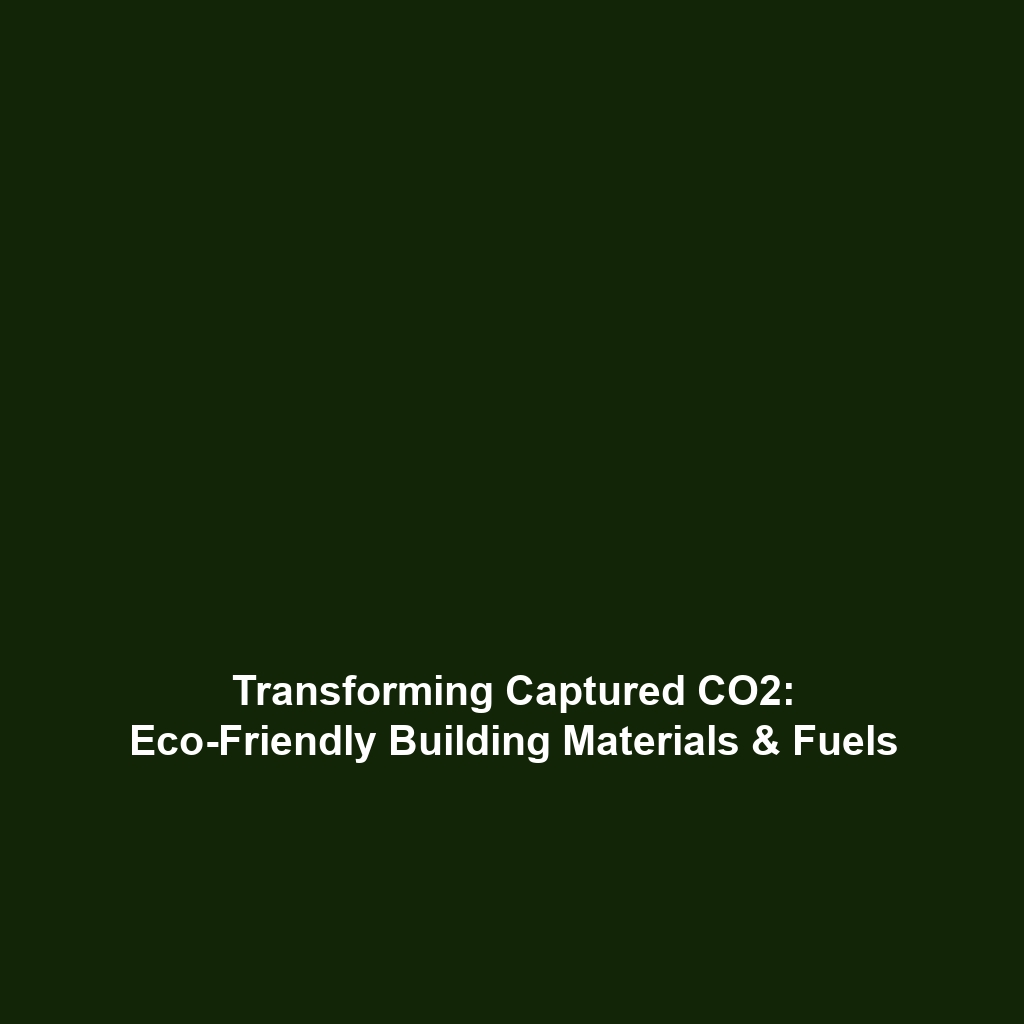One of the World’s Largest Carbon Capture & Storage (CCS) Projects
Carbon Capture & Storage (CCS) is pivotal in combating climate change by capturing carbon dioxide emissions and storing them safely underground. Among the numerous CCS initiatives worldwide, one project stands out for its remarkable capacity to store millions of tonnes of CO2 annually. This project underlines the significance of innovative solutions needed to reduce greenhouse gas emissions, showcasing the transformative potential of CCS technologies.
Key Concepts
Understanding Carbon Capture & Storage (CCS)
CCS is a technology that involves capturing carbon dioxide emissions produced from the use of fossil fuels in electricity generation and storing it underground to prevent it from entering the atmosphere. The project in focus implements advanced techniques in three fundamental steps: capturing, transporting, and storing CO2.
- Capture: Technologies are employed to filter CO2 from facility emissions.
- Transport: The captured CO2 is transported, typically through pipelines, to storage locations.
- Storage: CO2 is injected deep underground into geological formations for long-term storage.
Applications and Real-World Uses
This major CCS project actively demonstrates its applications in various industries, underscoring how it is used in mitigating climate issues:
- Power Generation: Facilities using fossil fuels implement CCS to minimize their carbon footprints.
- Industrial Processes: Emissions from cement and steel production are effectively captured and stored.
- Enhanced Oil Recovery: Captured CO2 is used in oil fields to improve extraction techniques, simultaneously storing carbon underground.
Current Challenges
Despite its critical role, several challenges hinder the broader application of this CCS project:
- Economic Viability: High initial costs and insufficient financial incentives pose barriers to widespread adoption.
- Infrastructure Needs: Developing the necessary infrastructure for CO2 transport and storage remains a significant challenge.
- Public Perception: Misunderstandings and skepticism regarding safety and efficacy of CCS continue to impact support.
Future Research and Innovations
Looking ahead, the CCS project is poised for transformative developments that can enhance its effectiveness:
- Next-Generation Technologies: Research into more efficient capture methods and storage technologies is ongoing.
- AI and Optimization: Artificial intelligence is being explored to optimize the capture processes and monitor storage sites effectively.
- Policy Innovations: Coordinated efforts to establish robust policy frameworks and incentives for CCS adoption are essential for progress.
Conclusion
In summary, one of the world’s largest CCS projects exemplifies a critical strategy in the ongoing battle against climate change. By showcasing the project’s capacity to store millions of tonnes of CO2 annually, it highlights significant advancements in Carbon Capture & Storage (CCS) technologies. As we move forward, continued research, public support, and investment in CCS are paramount for achieving climate goals. For more insights on related topics, explore our sections on renewable energy and climate solutions.








